What’s wrong with the Galaxy, who went from champs to the cellar?
The Galaxy continued to stumble through their terrible, horrible, no good, very bad season last week, taking just a point from two games against teams on the fringe of the playoff race.
That left the reigning MLS champions with just one win and nine points from 20 games. If they continue at this pace, they’ll set modern-era league records for most losses and fewest points while shattering virtually every team record for futility.
The team has done little to help itself off the pitch either. While LAFC and Angel City, Southern California’s two other pro soccer teams, were quick to issue statements standing with fans during last month’s heavy-handed immigration raids, the Galaxy’s silence was deafening.
That timidity angered two of the team’s main supporters groups, who canceled viewing parties, travel to road matches and other game-related events. The average attendance of 21,594, according to worldfootball.net, is off more than 17% from last year and is the Galaxy’s lowest for a non-COVID season since 2014.
Then there’s the coach, Greg Vanney, who took the team to a title after one of the worst seasons in franchise history in 2023, but is digging well below those depths this season.
It’s a plunge from grace with just one precedent in the history of U.S. pro sports: the 1998 Florida Marlins, who won just a third of their games and finished a distant last a year after winning their first World Series. Yet in many ways the Galaxy’s demise is much worse.
In 1998, the Marlins surrendered before the season started, returning just two starters from their championship team. The Galaxy still have 10 of the 14 players they used in December’s MLS Cup final.
The Galaxy have offered various excuses…er, explanations…for their humiliating demise, none of which hold much water.
Before the season had ever started, the team was saying bonuses and other costs associated with the championship had made the price of victory too high under the stingy MLS salary cap. To get under the cap, the Galaxy had to trade MLS Cup MVP Gastón Brugman, midfielder Mark Delgado, defender Jalen Neal and forward Dejan Joveljic, the leading scorer in the playoffs.
But every MLS Cup winner has had to make similar changes and three of the previous eight champions returned to the title game the following year. All but one of the eight posted a winning record.
Next the Galaxy blamed injuries, especially the torn anterior cruciate ligament that has kept midfielder Riqui Puig, the team’s best player, out all season. But Puig was injured in last November’s Western Conference final and the team won the MLS Cup without him. The Galaxy also had the whole offseason to replace him.
It’s true that a rash of injuries early in the season sidelined more than half a dozen starters at one time or another. But other teams had injuries too and even when the Galaxy have been at full strength, as they have been for most of the schedule, they haven’t won.
So when went wrong and how can it be fixed? The first question is easier to answer than the second.
The Galaxy had a magical year in 2024, going unbeaten at Dignity Health Sports Park and matching a modern-era franchise records for wins with 19. Every key player had arguably the best season of his career. Four of them — Joveljic, Puig, Gabriel Pec and Joseph Paintsil — finished in double digits for goals. That had never happened in MLS.
Nor had it ever happened for two of the four players. Before last season, only Paintsil and Joveljic had scored more than eight goals in a season. In fact, Pec’s 16 goals in 2024 was double his previous best and his 12 assists were three times better.
This season Pec and Paintsil have combined for four scores and three assists, as many goals as they scored together in one playoff game last fall.
And they weren’t the only ones far exceeding expectations.
Captain Maya Yoshida started all 39 MLS matches, including playoffs, last year and led the league in minutes played. Both figures were career highs; he’s missed five starts already this season.
Goalkeeper John McCarthy started a career-high 37 games, stopped nearly 74% of the shots he faced — his best mark in a season with more than 11 MLS starts — and had a 1.41 goals-against average.
He’s lost his starting job this season.
It’s not unusual for a championship team to see multiple players have breakout seasons at the same time. What is unusual is the Galaxy have seen multiple important players have career-worst seasons at the same time.
McCarthy’s save percentage is under 60% for the first time in a decade and his goals-against average of 2.36 is a career worst. Pec and Paintsil are on pace for their fewest goal contributions since 2021-22. And Colombian center back Emiro Garcés has become more a liability than an asset.
As a result, the team has the fewest wins, has given up the most goals and has the worst goal differential in the league.
Then there’s Vanney. A defender on the Galaxy’s original team in 1996, Vanney coached Toronto FC to the only treble in MLS history in 2017, then returned to L.A. in 2021 charged with reviving a team that had made one playoff appearance in five seasons. Instead he has a losing record in four-plus seasons and in 2023 he had the worst full season for a Galaxy coach, winning just eight games, a record he figures to shatter this season.
Yet the team rewarded him with a multiyear contract extension in mid-May, when the Galaxy were 0-10-3. It’s hard to imagine another team in a first-tier league anywhere in the world giving a coach with a winless record a three-year contract extension.
In many ways this season is reminiscent of 2023, when the supporters organized boycotts and paid to have banners flown over the stadium calling for the sacking of president Chris Klein and technical director Jovan Kirovski. Amid the turmoil, the Galaxy matched a full-season franchise low in wins but they also replaced Klein and Kirovski with general manager Will Kuntz, who won an MLS Cup in his first full season with the club. It was the biggest one-season turnaround in MLS history.
So what can be done to fix that this time? Apparently very little because Kuntz has much less room to maneuver now than he did then.
The Galaxy payroll of $22.9 million is fifth-highest in MLS and all three of his designated players — Puig, Pec and Paintsil — are signed through the 2027 season, as is Julian Aude, an under-22 initiative signing.
The Galaxy are hoping Puig’s expected return late this summer sparks at least a modest revival but that won’t be enough since Paintsil increasingly seems lost, his confidence shattered, and newcomers Matheus Nascimento and Lucas Sanabria have so far failed to live up to their promise.
If the Galaxy had a magic season in 2024, this one has been cursed. And it’s a spell that shows no sign of lifting.








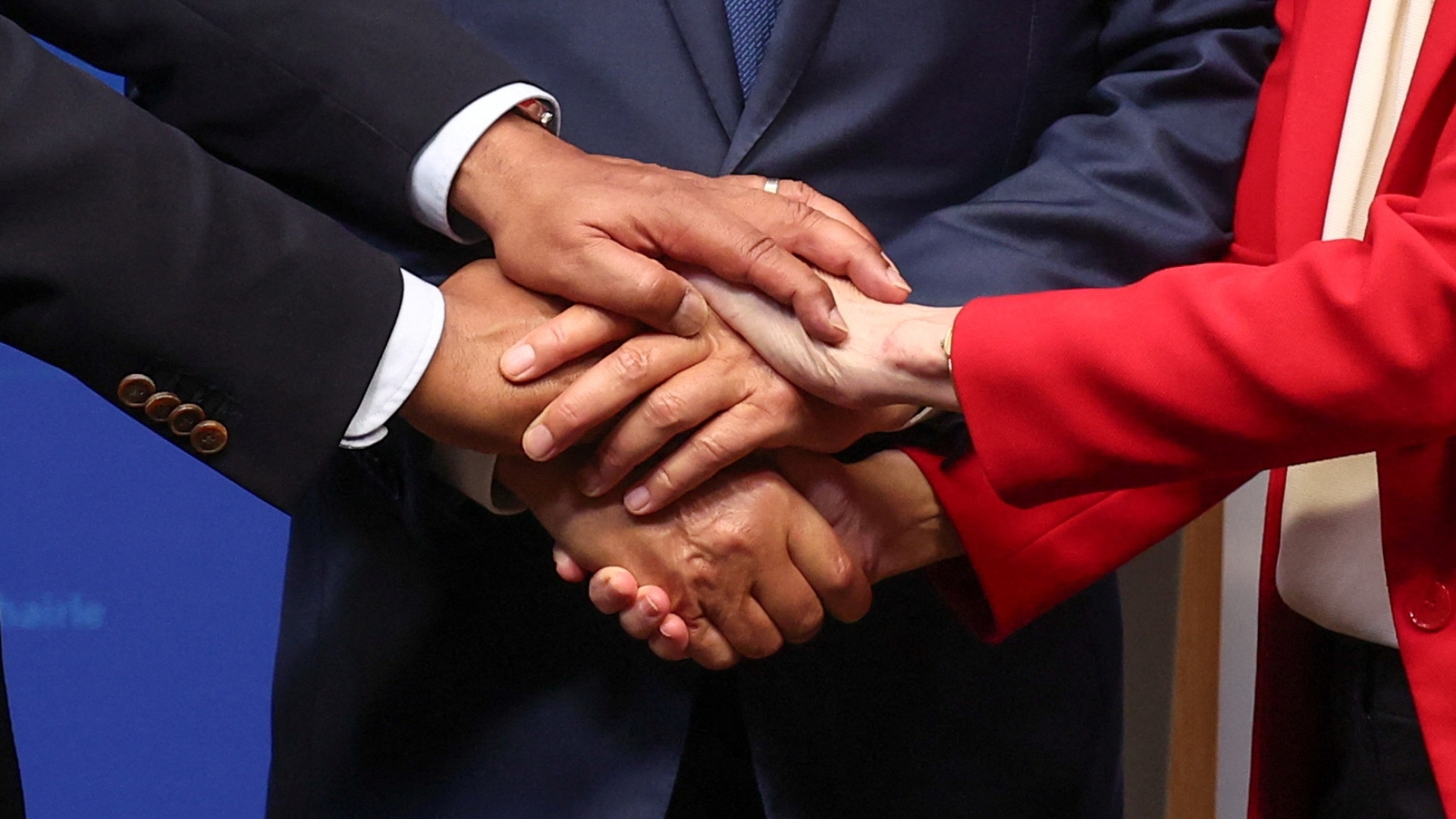
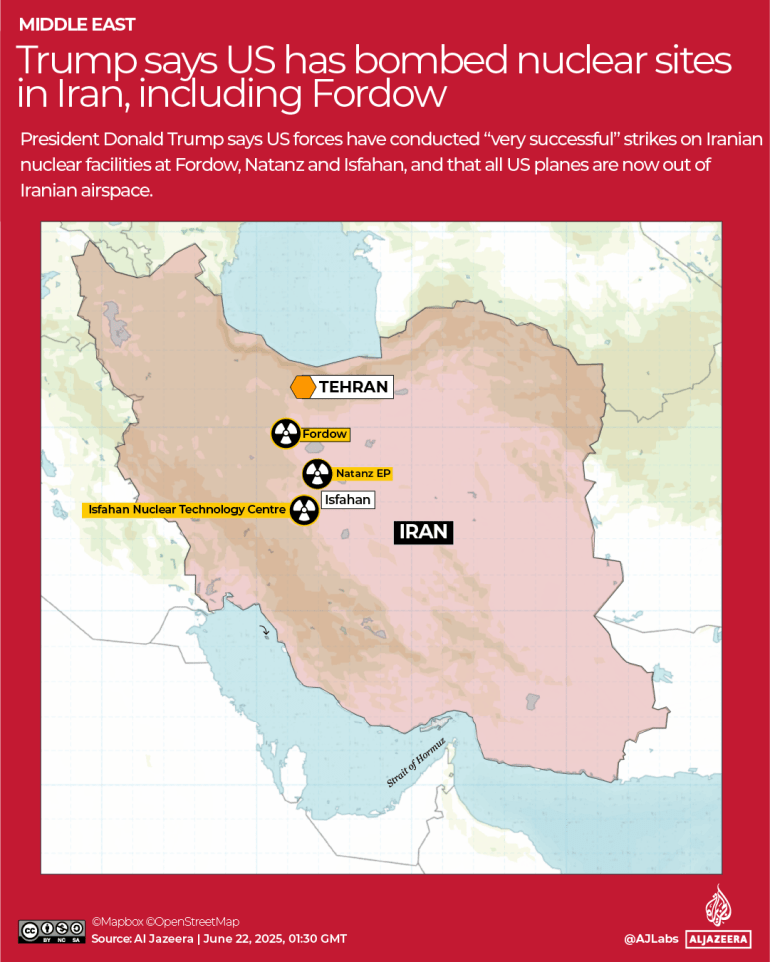

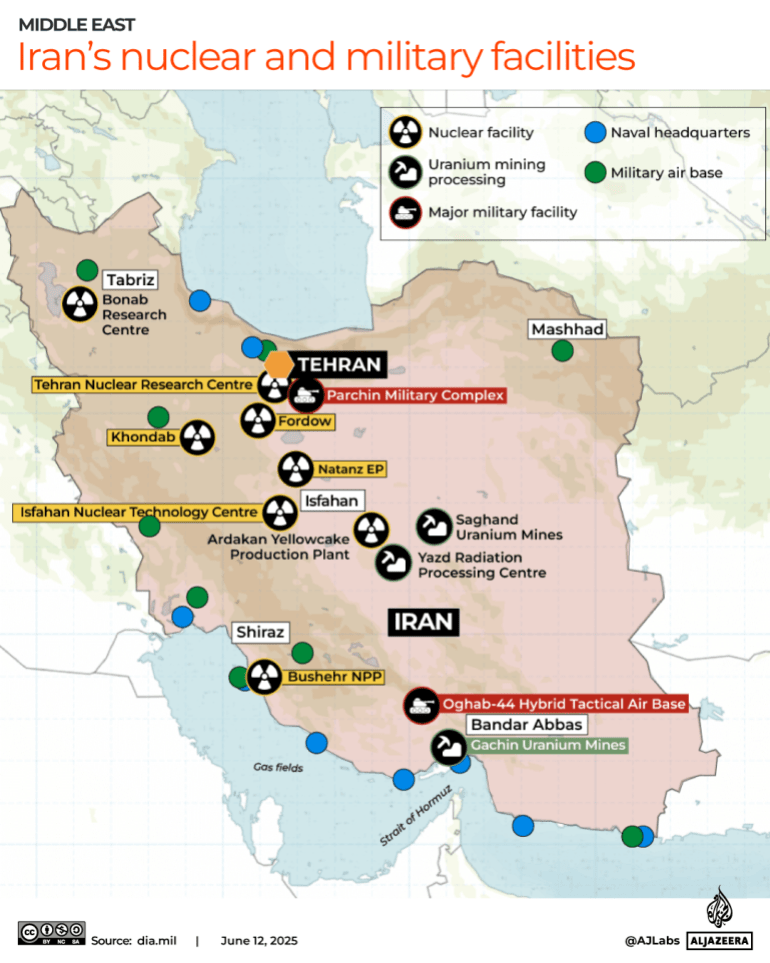
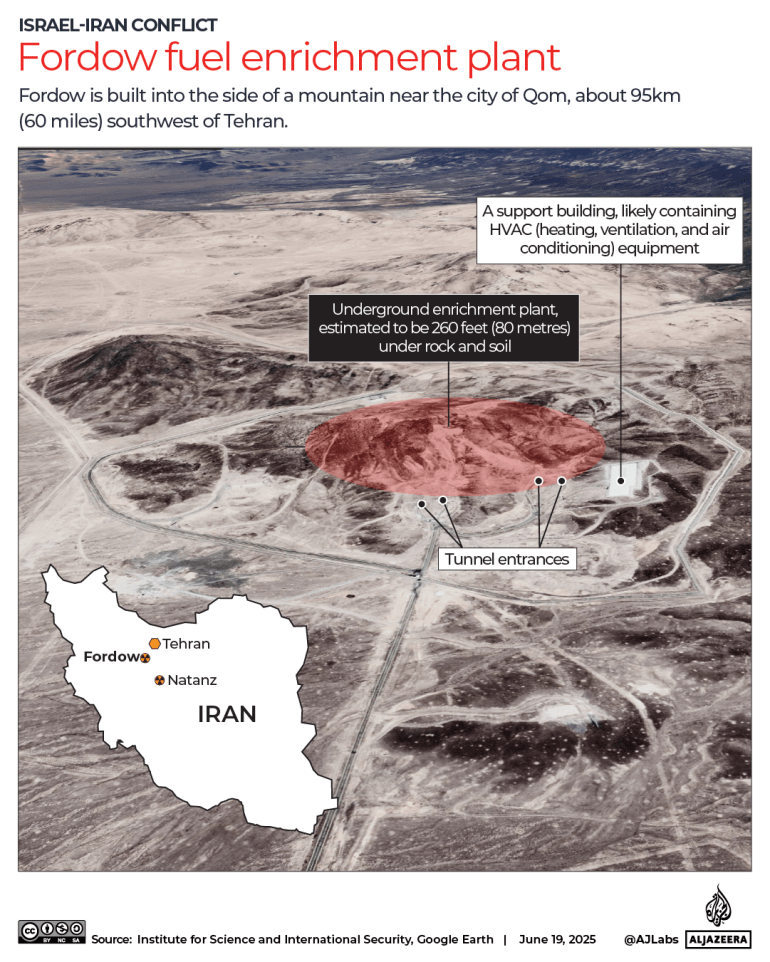











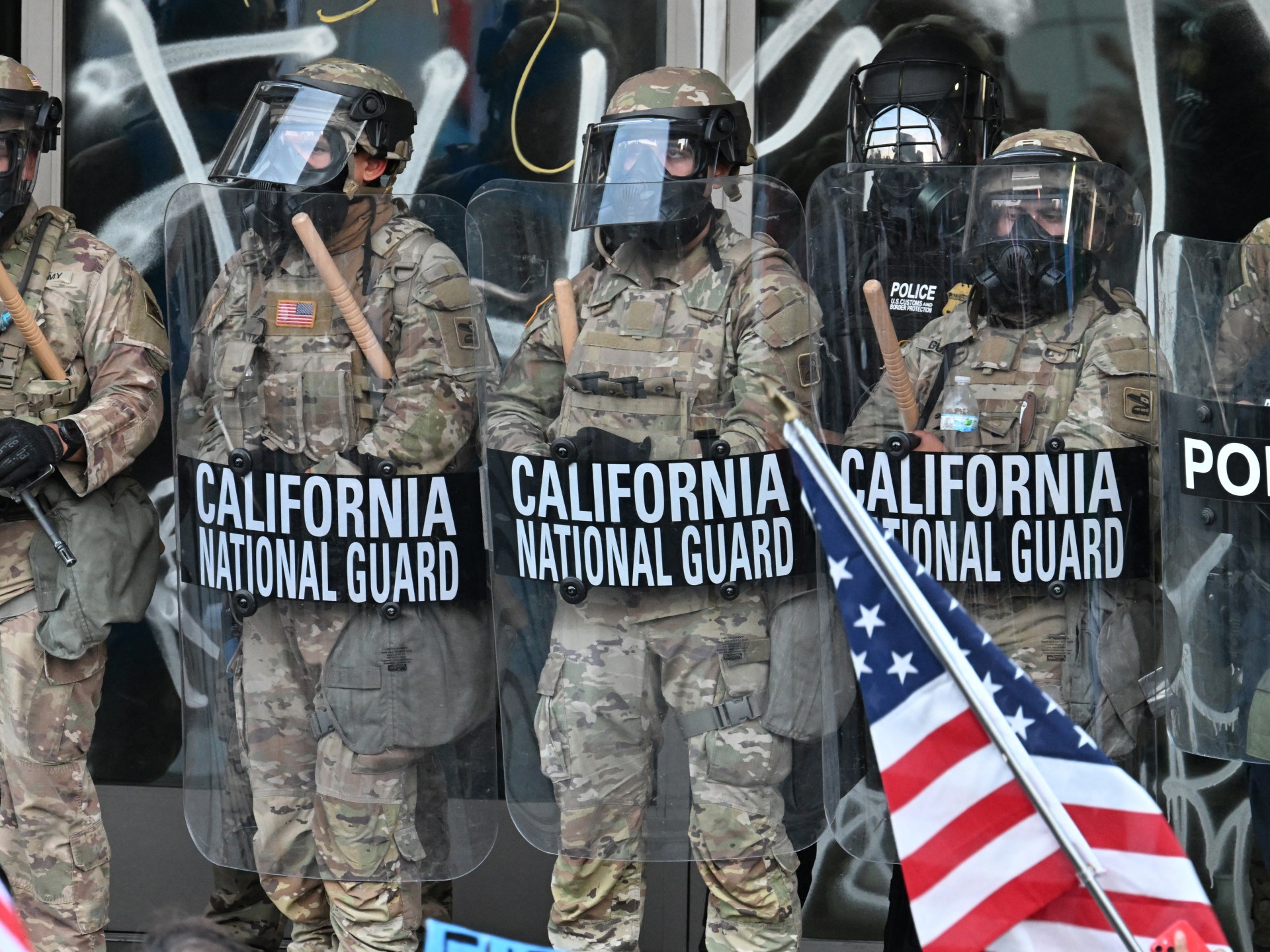

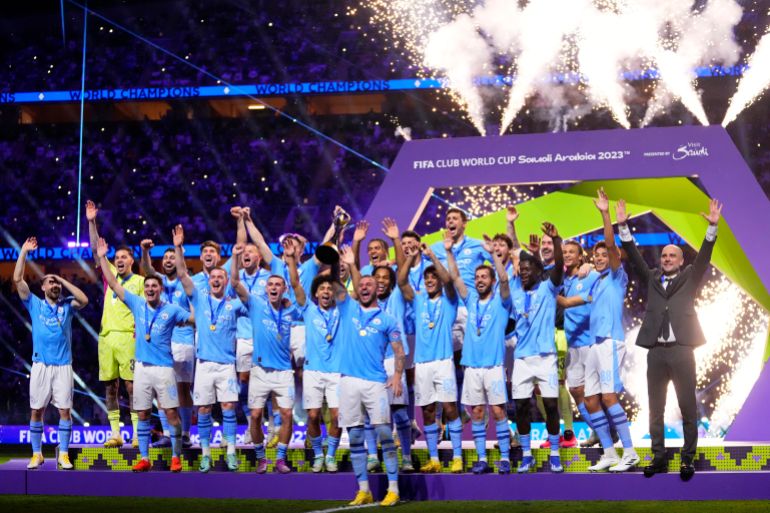





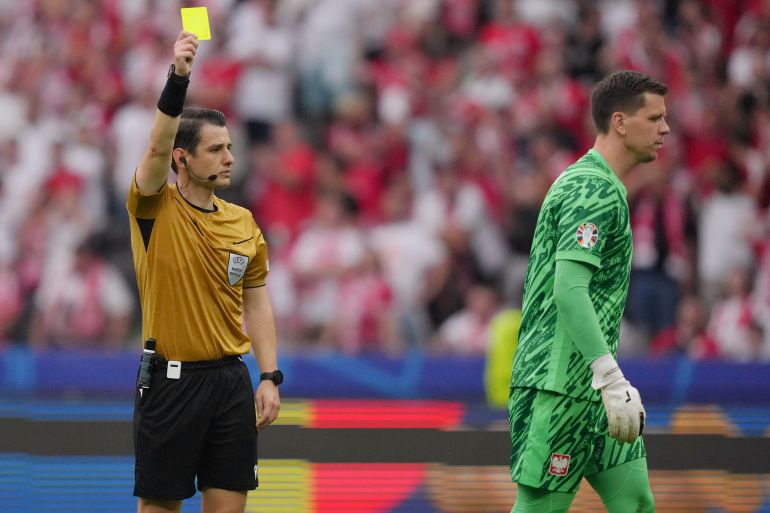

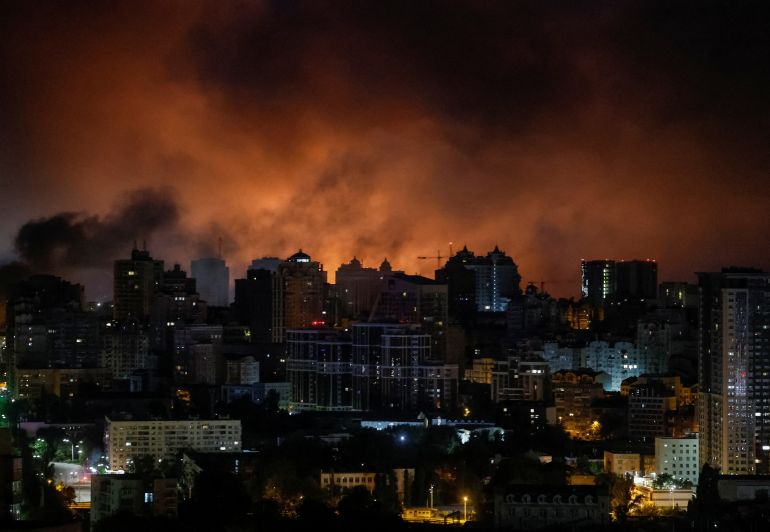




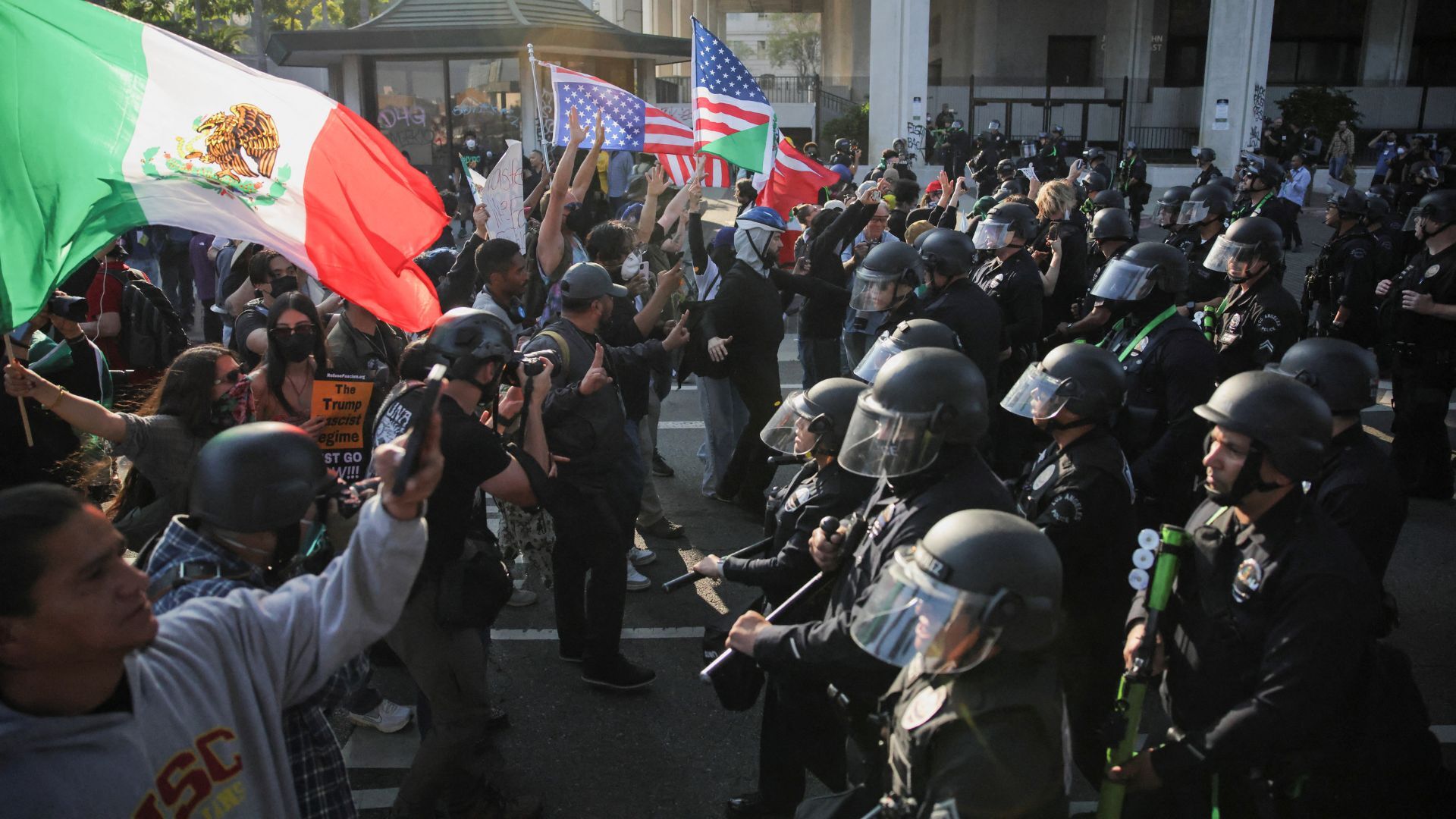
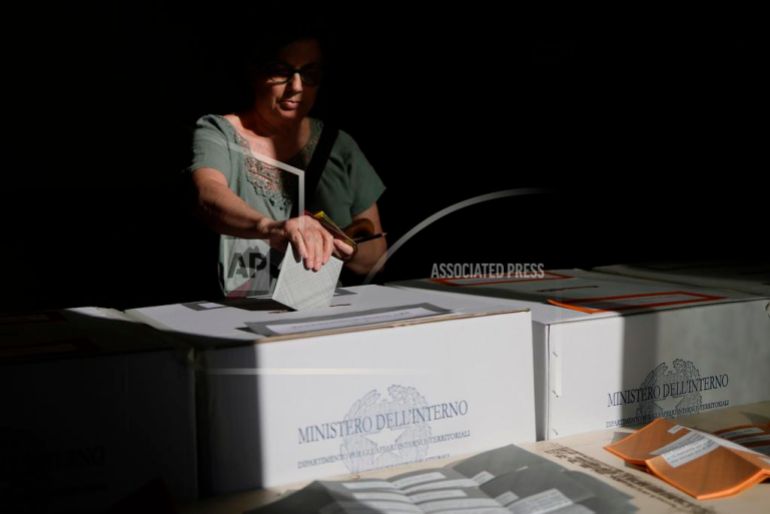
![A woman casts her ballots on referendums on citizenship and job protections, at a polling station in Rome, Sunday, June 8, 2025. [Cecilia Fabiano/LaPresse via AP]](https://www.occasionaldigest.com/wp-content/uploads/2025/06/AP-2-1749381738.jpg)
![A dog on a leash waits as its owner votes in a booth for referendums on citizenship and job protections, at a polling station in Milan, Italy, Sunday, June 8, 2025. [Claudio Furlan/LaPresse via AP]](https://www.occasionaldigest.com/wp-content/uploads/2025/06/AP-3-1749381760.jpg)